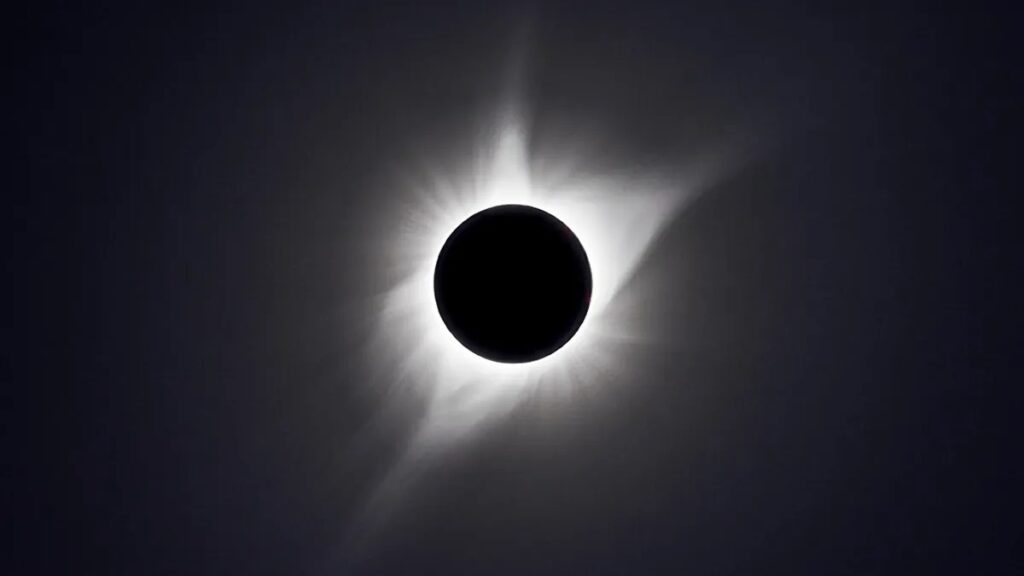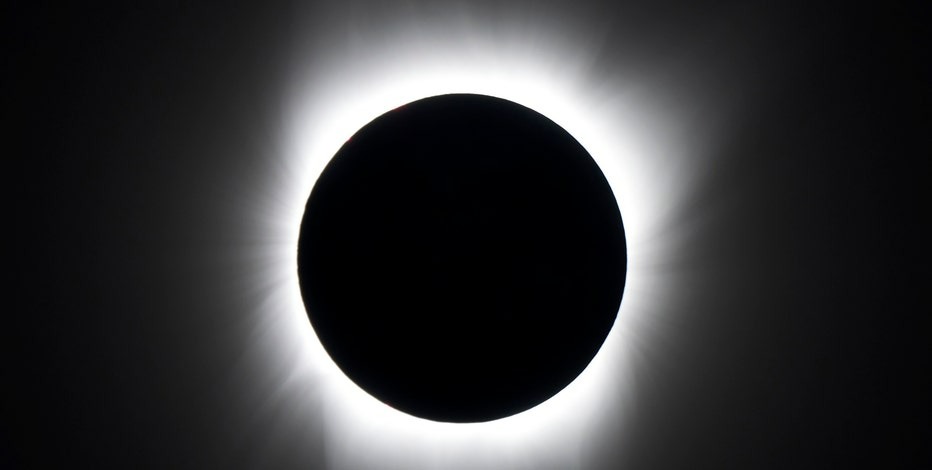
Oklahoma is calling in the National Guard.
As anticipation builds for the upcoming total solar eclipse in 2024, Oklahoma is making preparations of a different kind by calling in the National Guard to ensure safety and manage potential hazards during this celestial spectacle.
While the total solar eclipse promises to be a breathtaking event, particularly for those in the path of totality, authorities are keenly aware of the safety concerns that accompany such a momentous occasion. Unlike the 2017 eclipse, which occurred during the solar minimum, this year’s event coincides with the solar maximum, promising a mesmerizing display of solar phenomena including the corona, streamers, and prominences.
While protecting one’s eyes should remain the primary concern for eclipse viewers, recent weeks have seen a flurry of warnings from emergency officials urging residents to stock up on essentials such as water, food, and fuel. Some schools along the path of totality have even been advised to close their doors temporarily.

However, the primary concern isn’t the eclipse itself, but rather the influx of tourists expected to flock to areas within the path of totality. The surge in visitors could strain local infrastructure, including transportation, emergency services, and communication networks, which may not be equipped to handle such large crowds.
In response to a request from the McCurtain County Emergency Management team in Oklahoma, the National Guard will be deployed to provide support and assistance. Lt. Col. Jabonn Flurry, commander of the 63rd CST of the Oklahoma National Guard, explained, “McCurtain County Emergency Management requested our support because they expect up to 100,000 additional people visiting their communities to watch the eclipse.”
Given the Guard’s training and experience in collaborating with local agencies, they are uniquely positioned to alleviate the burden on local resources. Specifically, the Oklahoma Guard will offer hazardous materials (HAZMAT) response capabilities, aiding in tasks such as managing industrial fires and assisting local emergency workers.

Despite some online skepticism, likening these measures to overreaction, historical precedents and data from previous eclipses support the necessity of such precautions. The 2017 eclipse, for instance, led to significant traffic congestion along the path of totality, with travel times doubling or even tripling on major routes.
Transportation engineering consultant Jonathan Upchurch highlighted the challenges faced during the 2017 eclipse, citing intense traffic congestion on interstate highways. Similarly, a paper on traffic management during the 2017 eclipse emphasized the effectiveness of preemptive measures taken by transportation agencies to mitigate congestion.
As the nation gears up for another awe-inspiring celestial event, the deployment of the National Guard underscores the importance of proactive planning and collaboration in ensuring the safety and well-being of communities affected by the eclipse. Through coordinated efforts and vigilant preparedness, authorities aim to facilitate a memorable and safe viewing experience for all.

Leave a Reply